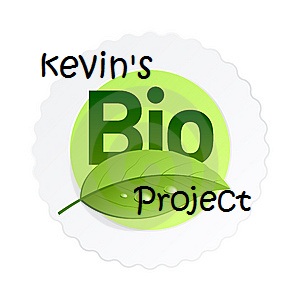Plants are multicellular eukaryotes that have cell walls made of cellulose. They develop from multicellular embryos and carry out photosynthesis using green pigments, chlorophyll a and b.
There are four main things that plants in general need to survive: Sunlight, Water and Minerals, Gas Exchange, and Movement of Water and Nutrients.
Sunlight: Plants use the energy from sunlight to help them do the process of photosynthesis. Because of that many plants have evolved and adapted over the time so they are able to maximize the light absortion.
Water and Minerals: All cells need water to survive and to do the process of photosynthesis, so they have created specialized structures to distribute all the water and minerals absorbed to all the parts of the plant.
Gas Exchange: Plants need oxygen to support respiration, and they need carbon dioxide to do the process of photosynthesis
Movement of Water and Nutrients: Is very important that plants are able to distribute well the water and nutrients that they acquire from their roots and many plants have specialized tissues that make that happen.
Plants can divide into four groups based on three important things: water-conducting tissue, seeds, and flowers: Bryophytes, Pteridophytes, Gymnosperm, and Angiosperm.
Bryophytes:
Unlike other plants, Bryophytes do not have vascular tissues; therefore, they are low-growing plants that can be found in moist, shaded areas. These organism have life cycles that depend on water for reproduction, but because of the lack of vascular tissue, these plants can only draw up water a few centimeters above ground, this keep them relatively small.
Their method of reproduction is quite simple. The capsules relive spores that will land in a female gametophyte. Then the sperm will get to the egg and the fertilization will occur.

Pteridophytes:
These organisms were the first plants to have vascular tissue specialized to conduct water, so they could grow larger than the Bryophytes. Another thing that differs bryophytes from other vascular plants is that they have true roots, leaves, and stems. Roots are underground organs that absorb minerals. Water-conducting tissues are located in the center of the root. Leaves are photosynthetic organs that contain one or more bundless of vascular tissue. This vascular tissue is gathered into veins made if xylem and phloem. Stems are supporting structures that connect roots and leaves, carrying water and nutrients between them. Pteridophytes have a simple way of reproduction. Spores are relieved from the sporangium and later on become young gametophyte. When the gametophyte matures it has the antheridium (where the sperm is located) and the Archegonium (where the eggs are located). And when the fertilization occurs the sporophyte embryo is created.

Gymnosperm:
Gymnosperms are called seed plants because they bear their seeds directly in the surface of the cones. Gymnosperms include conifers, such as pines and spruces, as well as palm-like plants called cycads, ancient ginkgoes, and the very weird gnetophytes. Unlike mosses and fern, seed plants do not require water for fertilization of gametes, and because of that they can live almost everywhere. These organisms reproduce by the process of pollination. One of the main characteristics of the gymnosperm is that they produce cones, as well as flowers.

Angiosperms:
Angiosperms have unique reproductive organs known as flowers. These organs are a huge advantage for them because they attract animals like bees that help the process of pollination. Flowers contain ovaries, which are surrounded and protected by the seeds. Another unique characteristic of the angiosperm is a thick wall of tissue surrounding the seed known as fruit. There are two different groups of angiosperms: Monocots and Dicots.
Monocots and Dicots are named after the number of seed leaves, or cotyledons, in the plant embryo. Monocots have one seed leaf, and dicots have two. Monocots have parallel veins, while dicots have branching veins. Monocots flowers are often in multiple of three, and dicots flowers are often in multiples of four and five. Monocots have vascular bundles scattered throughout the stem, while dicots have vascular bundles arranged in a ring. Monocots ha fibrous roots, and dicots have taproots.








